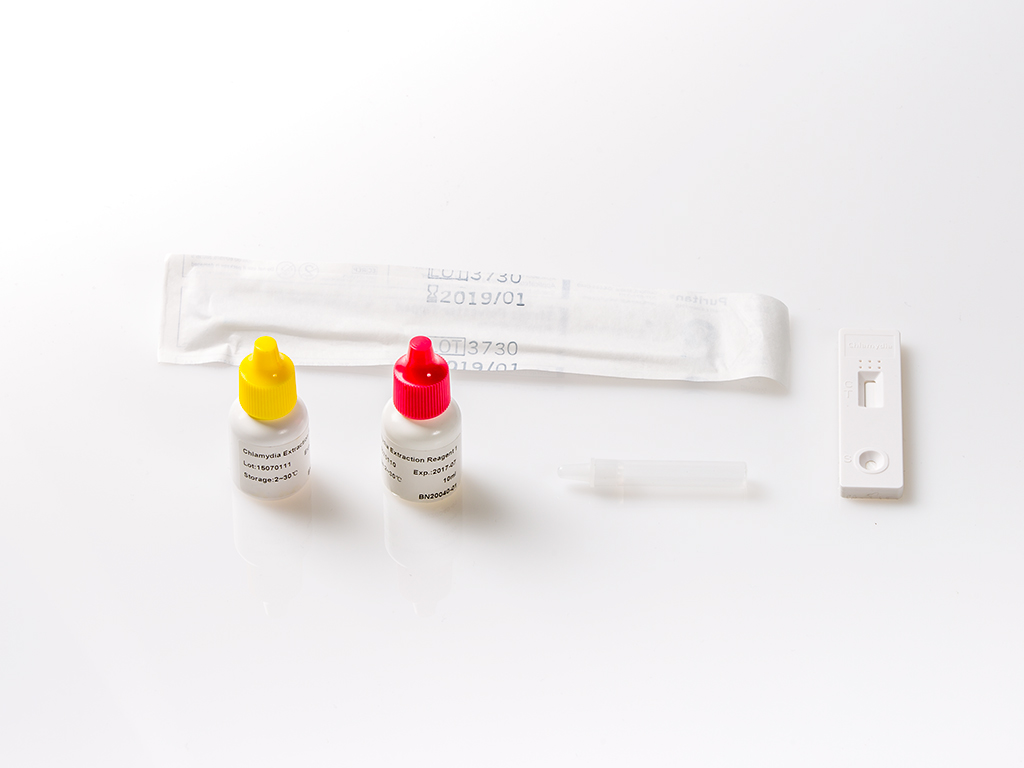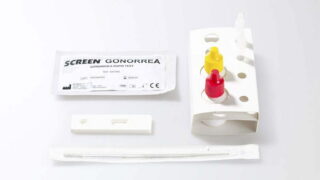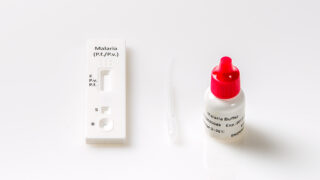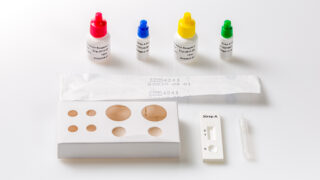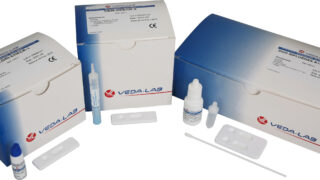Categories
Chlamydia Rapid Test Swab/Urine
The Chlamydia Rapid Test Cassette is a rapid chromatographic immunoassay for the qualitative detection of Chlamydia trachomatis in female cervical swab, male urethral swab and male urine specimens to aid in the diagnosis of Chlamydia infection.
Product information
The Chlamydia Rapid Test a sensitive, specific and rapid test for the direct Chlamydia detection from endocervical or urethral swabs specimens, either from men or women, which is suitable for the physician use or for running
Advantages of Chlamydia test
- Easy to perform
- No complex sample collection needed
- Accurate test result
General information
Chlamydia trachomatis is the most common cause of sexually transmitted venereal infection in the world. It is composed of elementary bodies (the infectious form) and reticulate or inclusion bodies (the replicating form). Chlamydia trachomatis has both a high prevalence and asymptomatic carriage rate, with frequent serious complications in both women and neonates. Complications of Chlamydia infection in women include cervicitis, urethritis, endometritis, pelvic inflammatory disease (PID) and increased incidence of ectopic pregnancy and infertility.1 Vertical transmission of the disease during parturition from to neonate can result in inclusion conjunctivitis or pneumonia. In men, complication of Chlamydia includes urethritis and epididymitis. At least 40% of the nongonococcal urethritis cases are associated with Chlamydia infection. Approximately 70% of women with endocervical infections and up to 50% of men with urethral infections are asymptomatic.
Traditionally, Chlamydia infection has been diagnosed by detection of Chlamydia inclusions in tissue culture cells. Culture method is the most sensitive and specific laboratory method, but it is labor intensive, expensive, long (18-72 hours) and not routinely available in most
situations. The Chlamydia Rapid Test Cassette (Swab/Urine) is a rapid test to qualitatively detect the Chlamydia antigen from female cervical swab, male urethral swab and male urine specimens.
The Chlamydia Rapid Test Cassette (Swab/Urine) is a qualitative, lateral flow immunoassay for the detection of Chlamydia antigen from female cervical, male urethral and male urine. In the test, antibody specific to the Chlamydia antigen is coated on the test line region of the test. During testing, the extracted antigen solution reacts with an antibody to Chlamydia that is coated onto particles.
The mixture migrates up to react with the antibody to Chlamydia on the membrane and generates a color line in the test region. The presence of this colored line in the test line region indicates a positive result, while its absence indicates a negative result. To serve as a procedural control, a colored line will always appear in the control line region, indicating that proper volume of specimen has been added and membrane wicking has occurred.
Specimen Collection
The Chlamydia Rapid Test Cassette (Swab/Urine) can be performed using female cervical swab, male urethral swab and male urine specimens. The quality of specimens obtained is of extreme importance. Detection of Chlamydia requires a vigorous and thorough collection technique that provides cellular material rather than just body fluids.
Female Cervical Swab Specimen Collection
- Use the swab provided in the kit. Alternatively, any plastic-shaft swab may be use.
- Before specimen collection, remove excess mucus from the endocervical area with a cotton ball and discard. The swab should be inserted into the endocervical canal, past the squamocolumnar junction until most of the tip is no longer visible. This will permit acquisition of columnar or cuboidal epithelial cells, which are the main reservoir of the Chlamydia organism. Firmly rotate the swab 360° in one direction (clockwise or counterclockwise), let stand for 15 seconds, then withdraw the swab. Avoid contamination from exocervical or vaginal cells. Do not use 0.9% sodium chloride to treat swabs before collection specimens.
- If the test is to be conducted immediately, put the swab into the extraction tube
Male Urethral Swab Specimens Collection
- Standard plastic-or wire-shaft sterile swabs should be used for urethral specimen collection. Instruct patients not to urinate for at least 1 hour period to specimen collection.
- Insert the swab into the urethral about 2-4cm, rotate the swab 360° in one direction (clockwise or counterclockwise), let stand for 10 seconds, then withdraw. Do not use 0.9% sodium chloride to treat swabs before collection swab.
- f the test is to be conducted immediately, put the swab into the extraction tube.
Male Urine Specimens Collection
- Collect 15-30mL of clean first morning urine in a sterile urine cup. First morning urine specimens are preferred to achieve the highest concentrations of Chlamydia antigen.
- Mix the urine specimen by inverting container. Transfer 10mL of the urine specimen into a centrifuge tube, add 10mL distilled water and centrifuge at 3,000 rpm for 15 minutes.
- Carefully discard the supernatant, keep the tube inverted and remove any supernatant from the rim of the tube by blotting onto absorbent pad.
- If the test is to be conducted immediately, treat the urine pellet according to the test procedure.
Test Procedure
It is recommended that specimens be processed as soon as possible after collection. If immediately testing is not possible, the patient swab specimens should be placed in a dry transport tube for storage or transport. The swab may be stored for 4-6 hours at room temperature (15-30°C) or 24-72 hours refrigerated (2-8°C) for 24 hours. Do not freeze. All specimens should be allow to reach the room temperature (15-30°C) before testing.
- Allow the test, reagents, swab specimen and/or controls to reach room temperature (15-30°C) prior to testing.
- Remove the test cassette from the seal pouch and use it as soon as possible. Best result will be obtained if the test is performed immediately after opening the foil pouch.
- Extract the Chlamydia antigen according to the specimen type.
For Female Cervical or Male Urethral Swab Specimen:
- Hold the reagent 1 bottle vertically and add 5 drops of reagent 1 (approx. 300μL) to the extraction tube. Reagent 1 is colorless. Immediately insert the swab, compress the bottom of tube and rotate swab 15 times. Let stand for 2 minutes.
- Hold the reagent 2 bottle vertically add 6 drops of reagent 2 (approx. 250μL) to the extraction tube. The solution would turn turbid. Compress the bottle of tube and rotate the swab 15 times until the solution turn clear with a slight green or blue tint. If the swab is bloody, the color will turn yellow or brown. Let stand 1 minute
- Press the swab against the side of tube and withdraw the swab while squeezing the tube. Keep as much liquid in the tube as possible. Fit the dropper tip on top of extraction tube.
For Male Urine Specimens:
- Hold the reagent 2 bottle vertically and add 6 drops of (approx. 250μL) reagent 2 to the urine pellet in the centrifuge tube, then shake the tube vigorously until the suspension is homogeneous.
- Transfer all the solution in the centrifuge tube to an extraction tube. Let stand for 1 minute. Hold the reagent 1 bottle upright and add 5 drops of (approx. 300μL) reagent 1 to the extraction tube. Vertex or tap the bottom of the tube to mix the solution. Let stand for 2 minutes.
- Fit the dropper tip on top of the extraction tube.
- Place the test cassette on a clean and level surface. Add 3 full drops of the extracted solution (approx. 100μL) to the specimen well of the test cassette, then start the timer. Avoid trapping air bubbles in the specimen well.
- Wait for the color to appear. Read the result at 10 minutes; do not interpret the result after 20 minutes.
Note: it is suggested not to use the extraction reagent, beyond 6 months after opening the vial.
Interpretation of the results
POSITIVE:* Two colored lines appear. One colored line should be in the control line region (C) and another colored line should be in the test line region (T). A positive result indicates that Chlamydia was detected in the specimen.
*NOTE: The intensity of the color in the test line region (T) will vary depending on the concentration of Chlamydia present in the specimen. Therefore, any shade of color in the test line region (T) should be considered positive.
NEGATIVE: One colored line appears in the control line region (C). No line appears in the test line region (T). A negative result indicates that Chlamydia antigen is not present in the specimen, or is present below the detectable level of the test.
INVALID: Control line fails to appear. Insufficient specimen volume or incorrect procedural techniques are the most likely reasons for control line failure. Review the procedure and repeat the test with a new test. If the problem persists, discontinue using the test kit immediately and contact your local supplier.
| Product name | Chlamydia Rapid Test Swab/Urine |
|---|---|
| Detection | Chlamydia Genus Specific Lipopolysaccharide (LPS) antigen |
| Type | |
| Sample Type | |
| Pack Size | |
| Format | |
| Analyte Detection |
Related products
-
Medical Tests
Malaria Rapid Test
Price requestA Malaria Test is a diagnostic test used to detect the presence of the malaria parasite in a person’s blood. These tests are crucial for diagnosing malaria, a potentially life-threatening mosquito-borne disease. They are offered by healthcare providers and laboratories, and they typically include rapid diagnostic tests (RDTs) and microscopic examination of blood smears. Rapid tests provide quick results, allowing for timely treatment and management of the disease. These tests are vital in regions where malaria is prevalent and for travelers to such areas.
-
Medical Tests
Strep A Rapid Test
Price requestThe Streptococcus A test, known as a rapid strep test, is a diagnostic test used to detect the presence of group A Streptococcus bacteria (Streptococcus pyogenes) in the throat. It is essential for diagnosing strep throat, a common bacterial infection, and helps in quickly identifying the causative agent of symptoms like sore throat and fever. Rapid results from this test allow for timely treatment with antibiotics, reducing the severity and duration of the illness.
-
Medical Tests
Clostridium Difficile Toxin A/B/GDH Rapid Test
Price requestThe Clostridium difficile A, B, and GDH (Glutamate Dehydrogenase) test is a diagnostic tool used to identify the presence of C. difficile bacteria and its toxins, A and B, in a patient’s stool sample. This test is crucial for diagnosing C. difficile infections, especially in healthcare settings, where it can lead to severe diarrhea and complications. Rapid detection helps in timely treatment and infection control, preventing its spread to others.

 Drug Test
Drug Test Heart Markers
Heart Markers Hormone Tests
Hormone Tests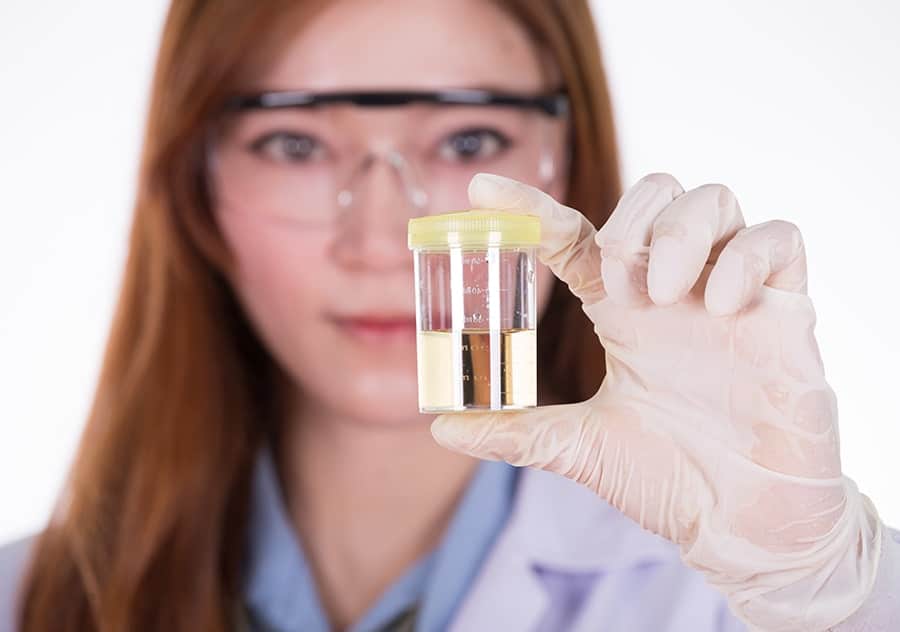 Medical Tests
Medical Tests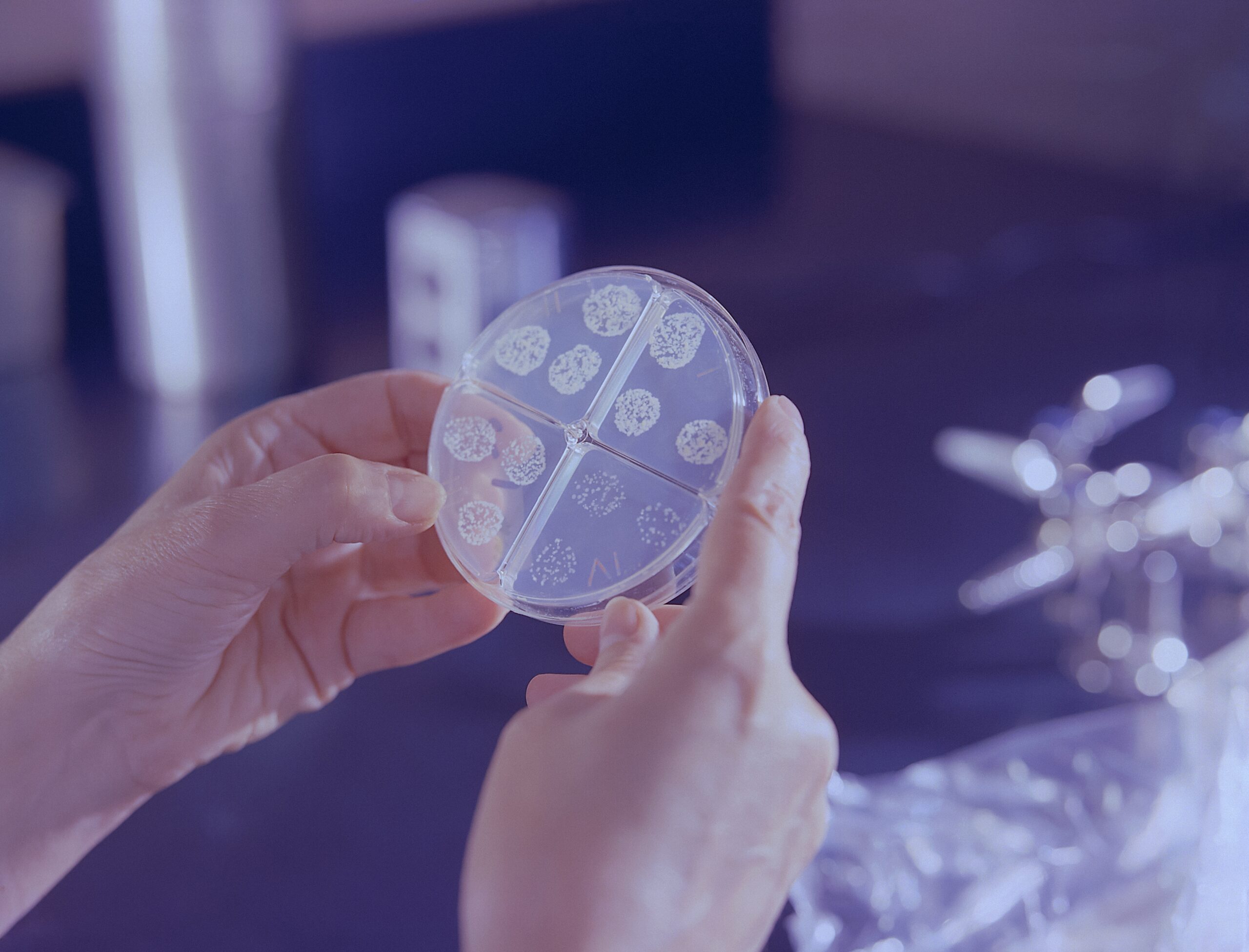 Microbiology
Microbiology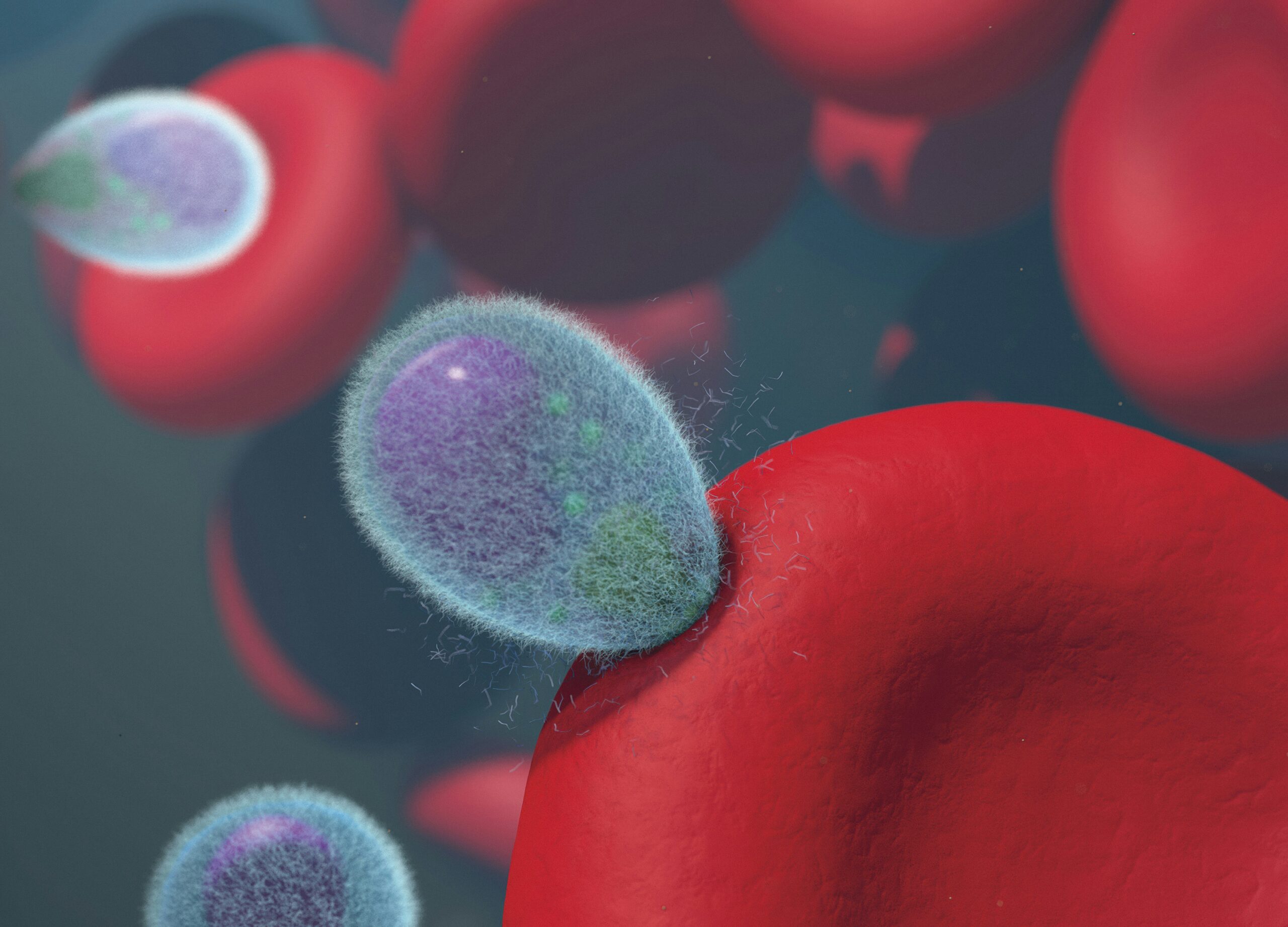 Parasite Infection
Parasite Infection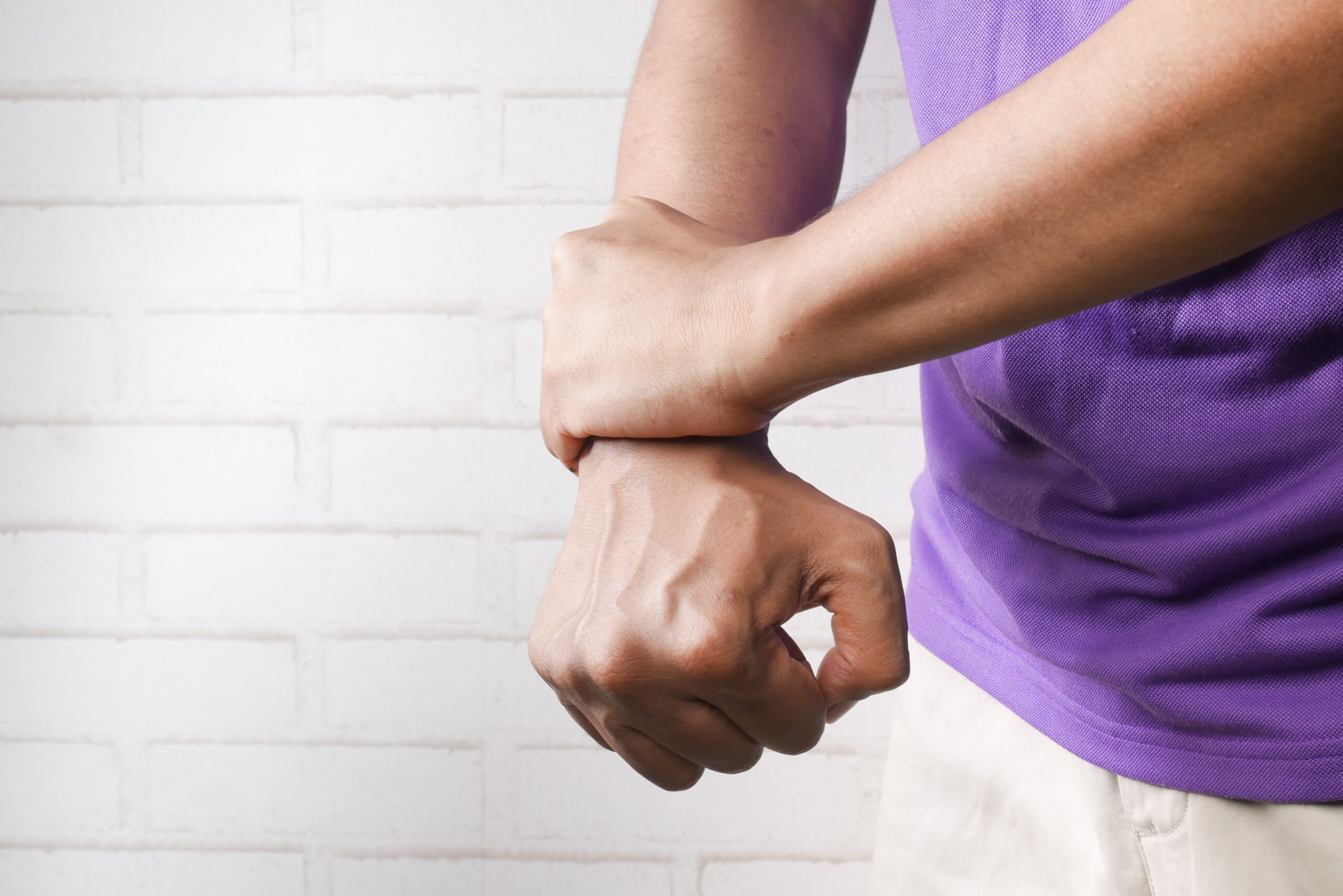 Proteins and Inflammatory Markers
Proteins and Inflammatory Markers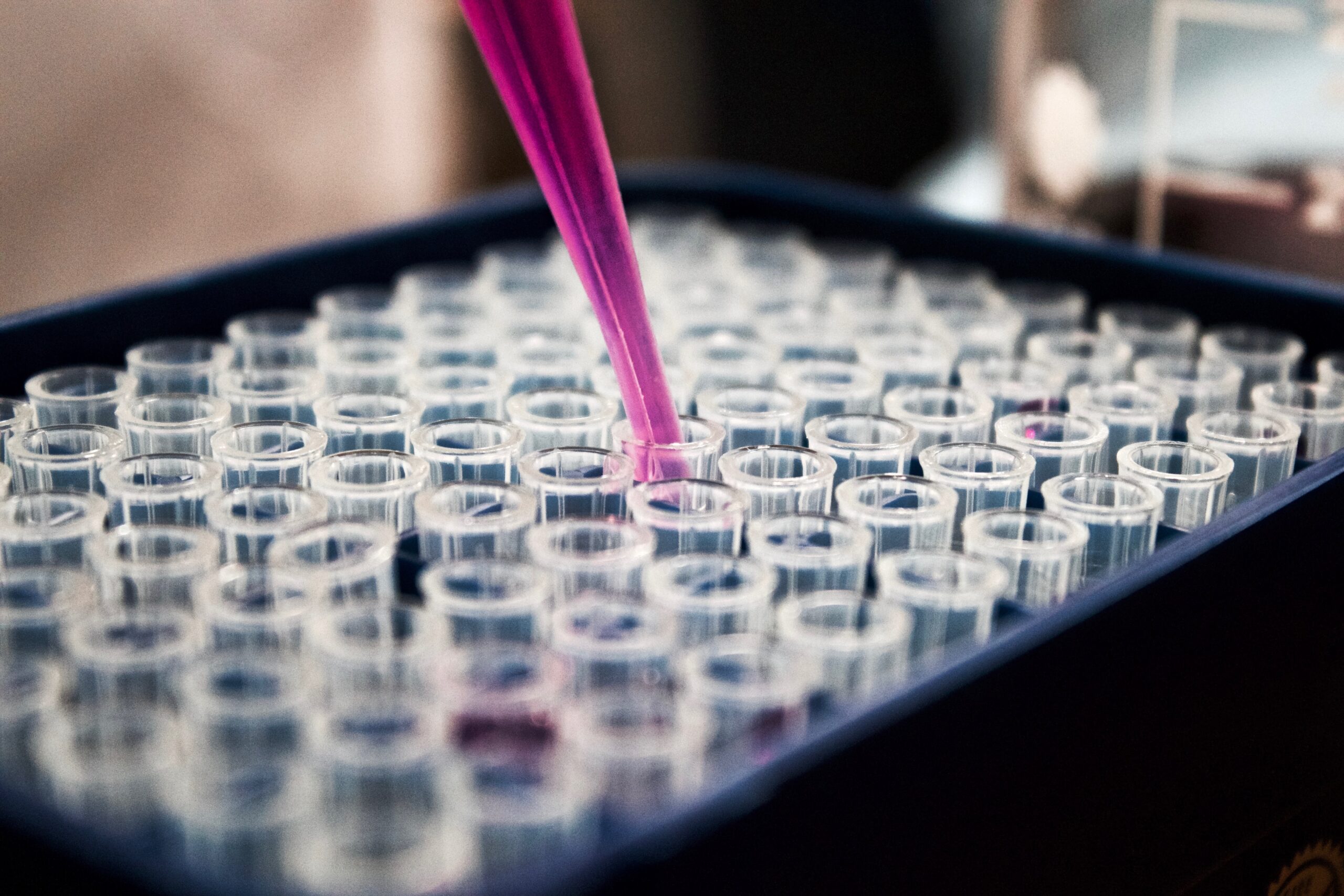 Qualitative Controls
Qualitative Controls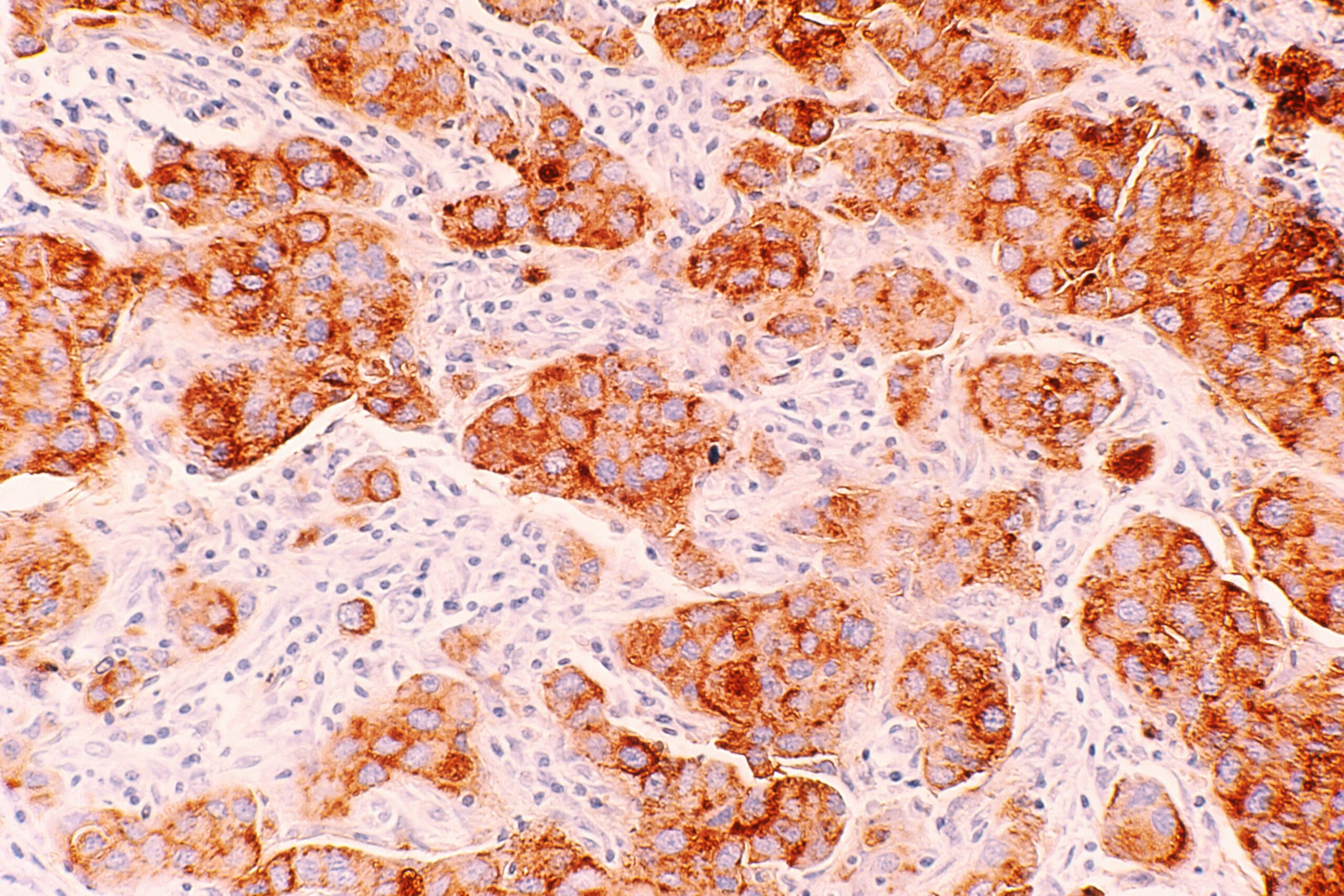 Tumor Marker
Tumor Marker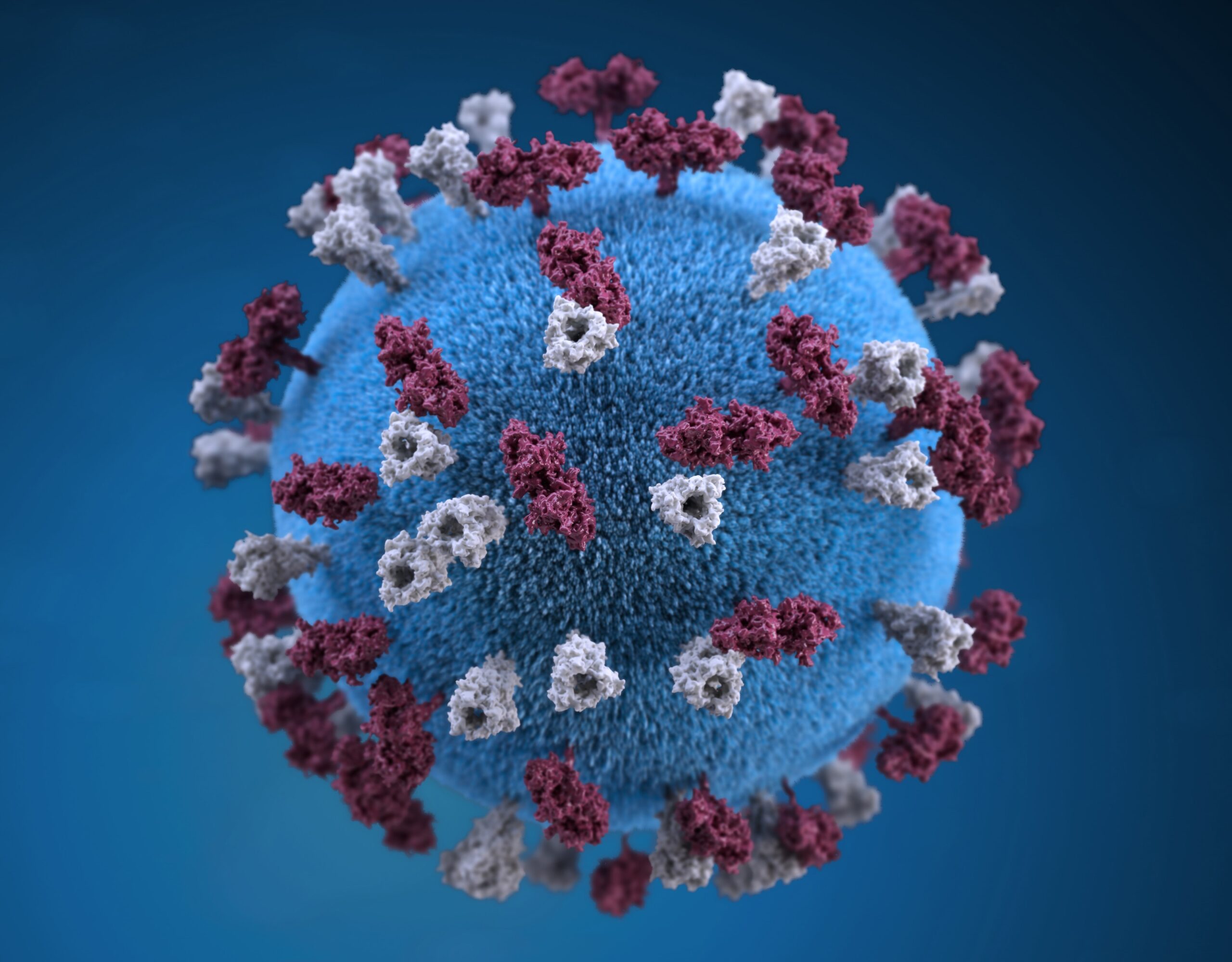 Viruses
Viruses